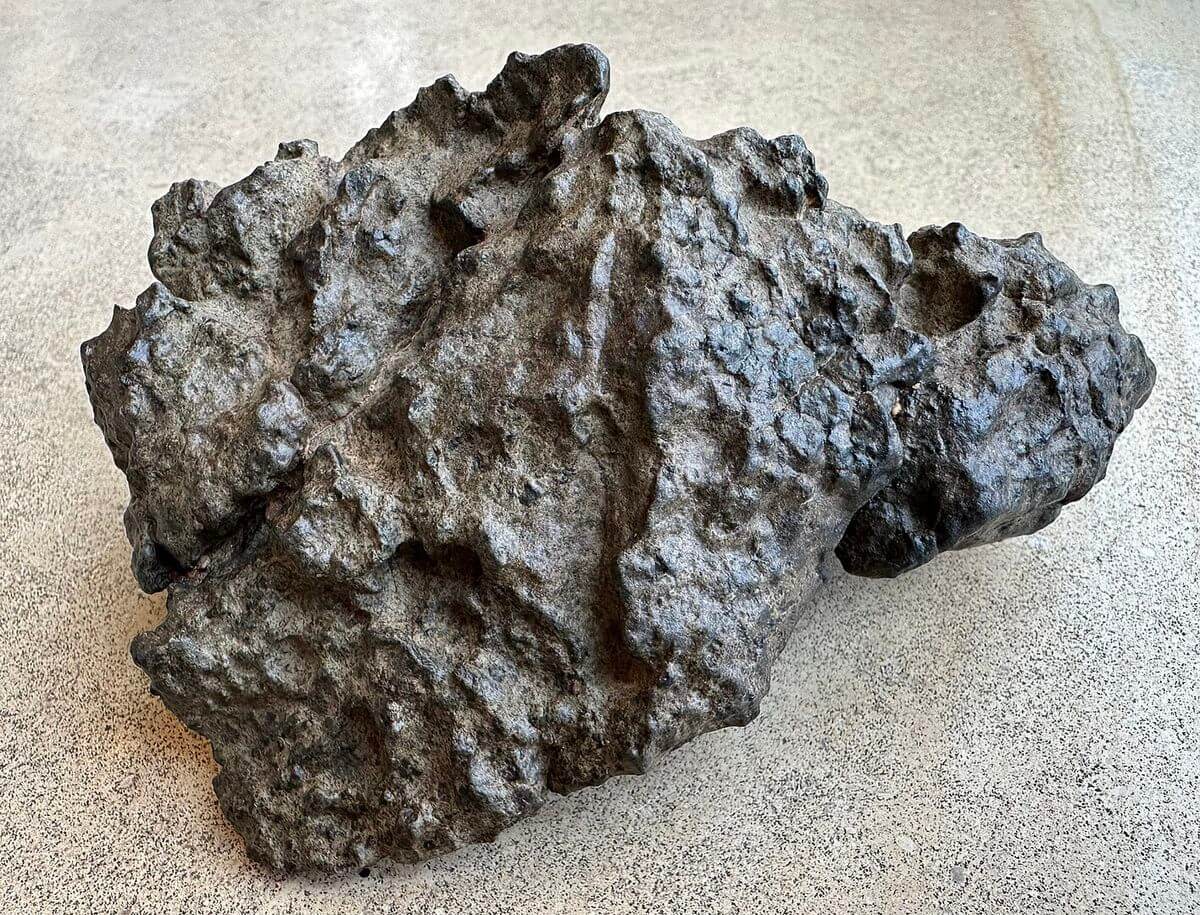Believe it or not, debris from Mars has frequently made its way to Earth after powerful impacts hit the Red Planet’s surface and launch it into space.
There have been at least 10 of these meteorite-forming events in Mars’ recent history. When these massive impacts occur, meteorites can be flung away from the Red Planet with enough velocity that they break free of Mars’ gravitational pull to enter orbit around the sun, with some eventually falling to Earth.
Scientists at the University of Alberta have now traced the origins of 200 of these meteorites to five impact craters in two volcanic regions on Mars, known as Tharsis and Elysium. “Now, we can group these meteorites by their shared history and then their location on the surface prior to coming to Earth,” said Chris Herd, curator of the university’s meteorite collection and professor in the faculty of science, in a statement.
Meteorites fall to Earth all the time — an estimated 48.5 tons (44,000 kilograms) of meteorite material falls each day, according to NASA — though the majority make it to the surface as tiny unnoticeable particles of dust. Determining their origins can often be difficult, but in the 1980s, scientists became suspicious of a group of meteorites that appeared to have volcanic origins with ages of 1.3 billion years.
This meant that these rocks had to have come from a celestial body with recent (in geological terms) volcanic activity, making Mars a likely candidate. However, proof came when NASA’s Viking landers were able to compare the composition of Mars’ atmosphere with trapped gases found in these rocks.
Identifying exactly from where on Mars they originated was previously difficult to do. The team noted in their paper that this difficulty arose from using a technique called spectral matching, a technique used to identify and compare the composition of materials by analyzing the patterns of light they absorb or emit.
However, this method is limited by factors such as terrain variability and extensive dust cover, which can skew spectral signals, especially on younger terrains like Tharsis and Elysium. But knowing exactly where these Martian meteorites came from would allow scientists to better piece together the planet’s geological past.
“[It would] enable the recalibration of Mars’ chronology, with implications for the timing, duration and nature of a wide range of major events through Martian history,” said Herd. “I call that the missing link — to be able to say, for example, the conditions under which this meteorite was ejected were met by an impact event that produced craters between 10 and 30 kilometres across.”

The team combined high-resolution simulations of impacts into a Mars-like planet. “One of the major advances here is being able to model the ejection process, and from that process be able to determine the crater size or range of crater sizes that ultimately could have ejected that particular group of meteorites, or even that one particular meteorite,” said Herd.
The model’s output allowed the team to determine the impact events’ “peak shock pressures” and the duration the rocks were exposed to these pressures. This can be determined from “shock features” observed in the meteorites—for example, unique mineral changes, impact glass, and special fracture patterns.
From this data, Herd and his colleagues were able to estimate the size of the impact craters that could have launched the meteorites, as well as how deep the rocks were buried before the impact. Although these depth estimates come with some uncertainty, the researchers compared them with the local geology of possible source craters and the characteristics and ages of the meteorites to see if they align.
“[Our modelling approach] allows us to say, of all these potential craters, we can narrow them down to 15, and then from the 15 we can narrow them down even further based on specific meteorite characteristics,” he said. “We can maybe even reconstruct the volcanic stratigraphy [the geological record], the position of all these rocks, before they got blasted off the surface.”
This could help the scientists better understand when volcanic events on Mars occurred, the different sources of Martian magma, and how quickly craters formed during an era of low meteorite bombardment on the Red Planet known as the Amazonian period, some 3 billion years ago.
“It is really amazing if you think about it,” Herd added. “It’s the closest thing we can have to actually going to Mars and picking up a rock.”